Structures in Use

When students come across questions like “How many more does Jordan have than Emma?”, the comparison relationship often confuses them. This blog talks about how the Compare structure helps them see the relationship between the values.
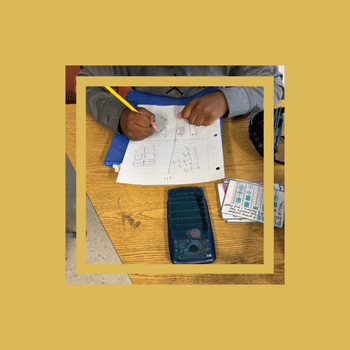
After three years with Structures of Equality, fourth grade teacher Jasmin isn’t just trying it out, she’s all in. Her story offers insight into what changes when comprehension leads and scaffolds support real thinking.
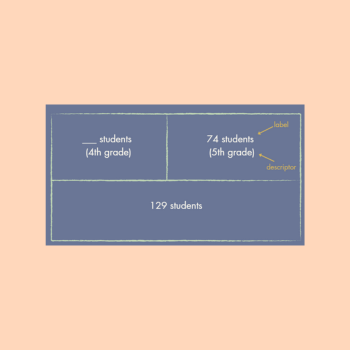
The Parts Equal Total structure isn’t a shortcut for solving; it’s a way to understand what’s happening in the story. This blog explores how PET supports comprehension from the earliest grades through more complex problems.
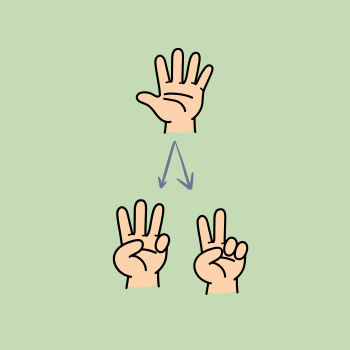
Explore how early math routines help students understand that numbers are composed of other numbers: a foundational idea that supports place value, fractions, and meaningful problem solving.
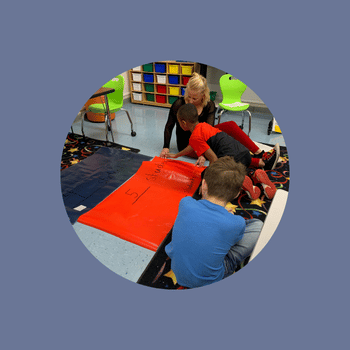
Most kids don’t struggle with math because they can’t do the calculations—it’s because they don’t fully understand how numbers work together. SoE changes that by helping students see the bigger picture: how numbers break apart, how equality actually works, and why units matter.
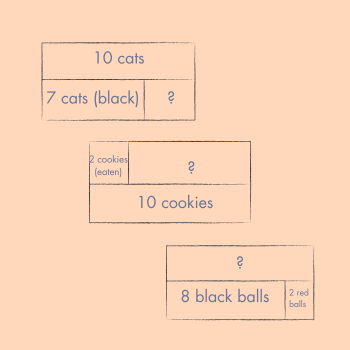
Memorizing math facts to ten is helpful, but understanding them is even better. The Parts Equal Total (PET) structure helps kids see number relationships instead of isolated facts, making math more intuitive.
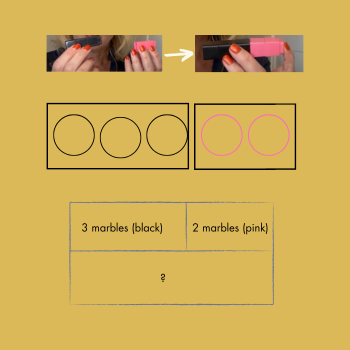
Are your students struggling with the PET structure? Use manipulatives and visual representations to gradually build their confidence and understanding.
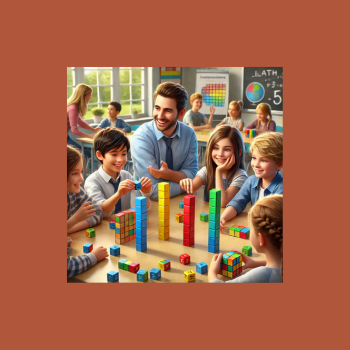
Estimation uses number relationships to build reasoning. Strategies like close comparisons, focusing on ‘less,’ and warm-ups increase problem-solving skills.

See how REG and Math Practice Standard 2 work together to help students comprehend word problems, bridging abstract reasoning and real-world problem solving.

Are your students focusing too much on choosing the ‘right’ structure? Learn how emphasizing the math main idea with Structures of Equality can change how students approach and solve math word problems.

If a problem could be modeled with REG or a Compare structure, which is the right one?

Choosing the right structure sometimes creates confusion for students and teachers alike. PET? REG? How do you decide?